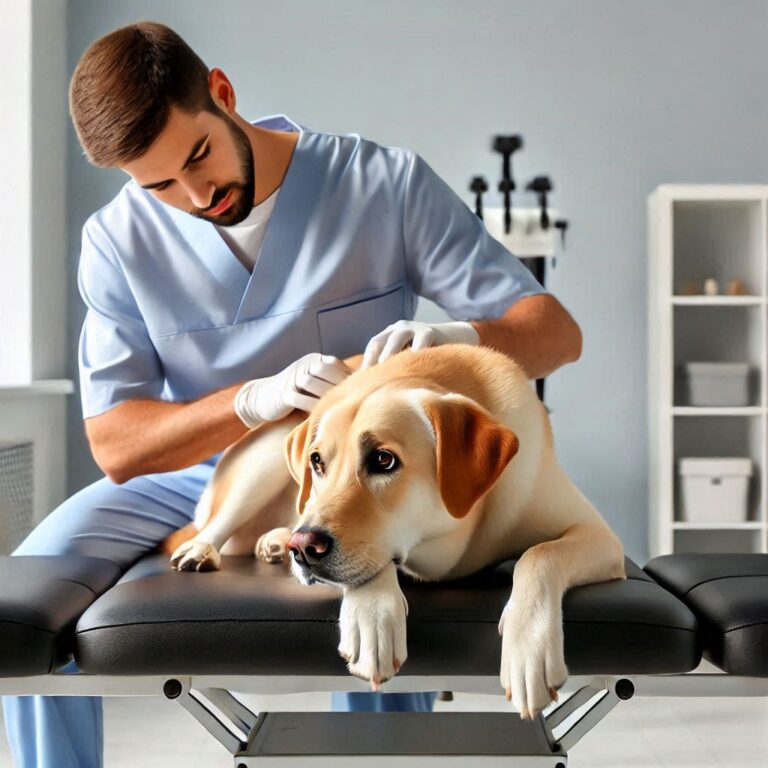Is a Raw Diet for Cats Safe? Pros, Cons, and Tips

Understanding a Raw Diet for Cats
A raw diet for cats is becoming a popular choice among pet owners who want a natural, unprocessed diet for their feline companions. But is a raw diet truly safe for cats? This feeding method includes raw meats, bones, and sometimes organs to mimic a cat’s natural diet in the wild. While many believe a raw diet supports overall health, there are important benefits and risks to consider before making the switch.
Benefits of a Raw Diet for Cats
Supporters of a raw diet for cats claim it can offer several health benefits. Here’s why many pet owners consider feeding raw:
- Improved Coat and Skin Health: Many cat owners report shinier coats after switching to a raw diet, thanks to nutrients like omega-3 fatty acids in raw meat.
- Higher Energy Levels: A raw diet provides quality protein, leading to increased energy and vitality.
- Better Dental Health: Chewing on raw bones may help reduce plaque buildup and improve dental health. Choose bones that are safe and appropriately sized for your cat.
- Digestive Health: Raw diets can be easier for cats to digest, as they closely resemble a cat’s natural prey.
Risks of a Raw Diet for Cats
While there are benefits, it’s essential to understand the risks involved in a raw diet for cats:

- Bacterial Contamination: Raw meat can harbor bacteria like Salmonella and E. coli, posing risks to both cats and their owners. Safe handling and storage are essential.
- Nutritional Imbalance: A balanced raw diet requires planning to ensure cats receive all essential nutrients. Without proper supplementation, cats may lack nutrients like taurine and calcium.
- Choking Hazards: Bones can pose choking risks if not chosen correctly, leading to potential gastrointestinal issues. Consult with a vet before including bones.
Trending Questions About Raw Diets for Cats
1. How Can I Safely Prepare a Raw Diet for My Cat?
Safety is paramount when preparing a raw diet for cats. Use fresh meat, handle it with care, and consider freezing to reduce bacteria. Consult your vet for guidance on balanced meal plans.
2. What Nutrients Are Essential in a Raw Diet for Cats?
Essential nutrients like taurine, calcium, and vitamins A and D are critical in a raw diet. Working with a vet or nutritionist can ensure your cat receives these nutrients.
3. Can a Raw Diet Prevent Health Issues in Cats?
Proponents claim raw diets can prevent issues like obesity and digestive problems, although scientific support is limited. Monitor your cat’s health closely if you make the switch.
4. How Can I Transition My Cat to a Raw Diet?
Transitioning a cat to a raw diet for cats should be gradual. Start by mixing raw food with regular food, gradually increasing the raw portion over time.
5. What Are Signs of Deficiency in Cats on a Raw Diet?
Signs of deficiency include dull fur, lethargy, and digestive issues. Regular vet check-ups help catch early signs of imbalance in a raw diet for cats.
Tips for Safely Feeding a Raw Diet to Cats
If you’re considering a raw diet for your cat, here are tips for safety:

-
- Consult a Veterinarian: Before starting a raw diet, speak with a vet to ensure it suits your cat’s needs.
- Use High-Quality, Fresh Meat: Choose preservative-free meats to prevent contamination and maintain quality.
- Consider Pre-Packaged Raw Diets: Some brands offer pre-packaged raw diets that meet safety and nutrition standards, which may be easier than homemade options.
- Practice Hygiene: Always wash hands and surfaces after handling raw meat to reduce contamination risks.
Conclusion
Is a Raw Diet for Cats Right for Your Pet?
Determining if a raw diet for cats is safe requires weighing the risks and benefits. Some cats thrive, while others may face health issues if their diet lacks balance or is mishandled. Consulting with a vet helps ensure a cautious, informed approach that supports your cat’s well-being.





